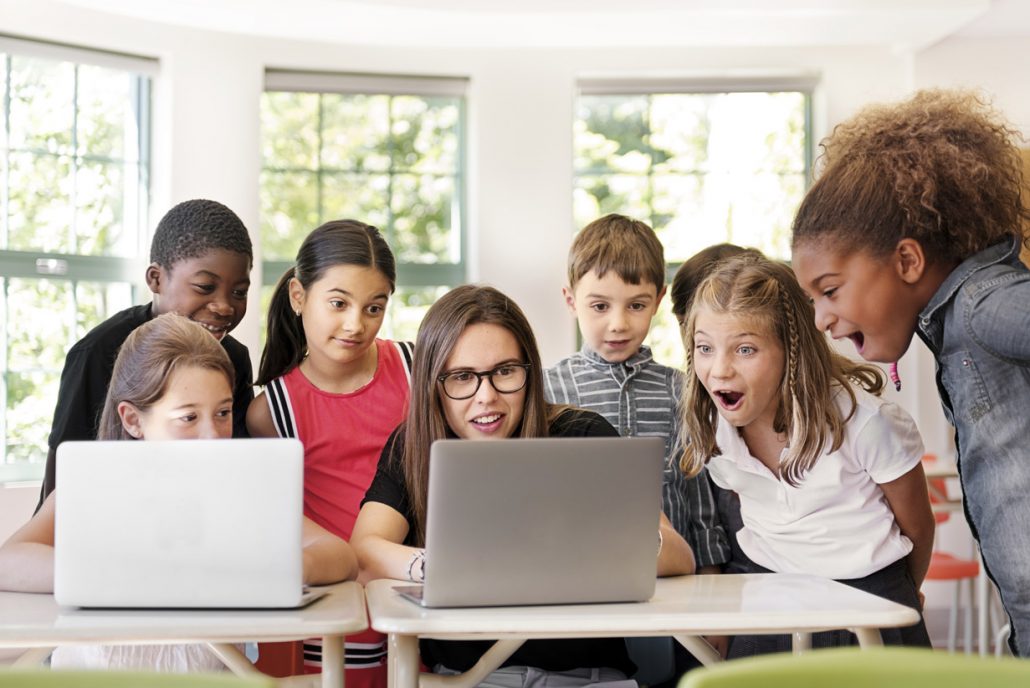Play and games have been associated with formal learning since the times of Plato in ancient Greece. Today we can see an increasing trend towards the use of games and game-like experiences within education, both of children and adults. For the most part, these experiences come in two flavours. The first is that of Games Based Learning (GBL), sometimes referred to as ‘Serious Games’, the second is ‘Gamification’.
GBL solutions specifically focuses on using “real” games to teach. For instance, games that simulate a real-world environment and set challenges for the learner to complete, such as a flight simulator. They do not have to be this complex of course, you could also use a straightforward text based game that offered the learner real world scenarios and choices of how to act within those scenarios.
Gamification, by contrast, concentrates more on the creation of game-like experiences rather than fully qualified games. It makes use of metaphors and elements from games, such as narrative themes, progression and meaningful goal-oriented feedback to name a few. These are strategically applied to a learning experience to reinforce and augment the learning materials and objectives. Themes and quests can help to take the learner out of their day to day life, providing a level of contextual fantasy that helps to give the materials life in a relevant way (which also provide an opportunity to align to organisational culture, values and identity). Feedback mechanics such as points can help to reinforce the learner’s actions, congratulating them when they are right and guiding them when they are not. Progress indicators such as maps, levels or even progress bars help to provide a better understanding of where learners are in their learning, where they are going and what they need to do to get there. There are many more options available, but these are common to most experiences.
The use of gamification is much broader than the learning experience itself. Whilst it creates more quality interactions from learners during learning experiences, it can be used prior to learning events to enhance the attractiveness and perceived utility of learning content, to motivating adoption & sign-up. Additionally, it can support the transfer of newly learnt capabilities back into employees’ working environments- or ‘learning transfer’ – arguably, the most important outcome of any learning and development initiative.
A critical condition for learning transfer to occur after learning experiences, is its maintenance; as the effects of learning outcomes decay overtime.
Whilst there are a numerous of factors that determine maintenance and learning transfer (i.e. learner characteristics, training design & work environment factors), gamification has the ability to off-set this decline and support maintenance in order for it to effectively transfer to employee performance and stick. For example, meaningfully applying timely nudges and bite-sized challenges can reaffirm learnings and provide clear feedback on ‘how’ they can be applied back into their working lives. Really, Gamification and its elements don’t just help the medicine go down, they make sure the medicine takes effect.
Contributions from Andrzej Marczewski & Carl Eacott



